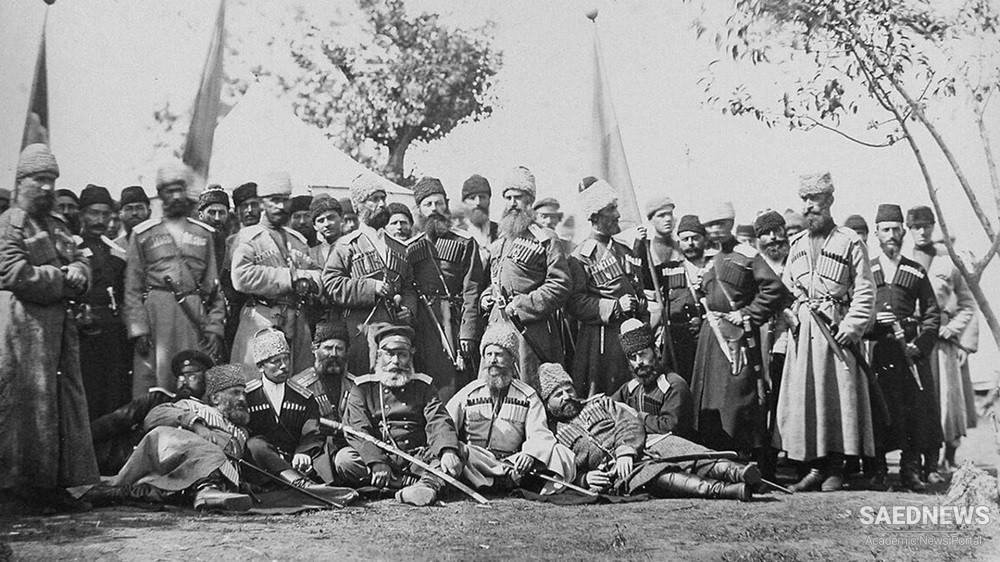Count Kaunitz, the German military att aché, appealed to the tribal chiefs and provincial governors, stimulating their ethnic and sectarian hostility toward the two “partitioning partners” of Russia and Britain. The Prussian nobleman even planted a rumor that Kaiser Wilhelm had converted to Islam and spread the claim that the German race had its origins in Iran’s Kerman Province. The few remaining Swedish Gendarmerie offi cers were promised German army commissions with corresponding status and privileges to support the nationalist cause.
German agents also inflamed Iranian nationalists to kidnap, injure, and murder British and Russian offi cials; the Russian vice-consul in Esfahan and the British vice- consul in Shiraz were assassinated as a result of this German agitation. Similarly, the Germans encouraged the nationalists and tribes to threaten British and Russian citizens living in Iran, and the British consul in Shiraz along with other British men and women were taken prisoner by a mix of Qashqai tribesmen, gendarmes, and nationalist volunteers in early 1915.
After gaining the cooperation of local democratic committ ees and Gendarmerie commanders in the south, Wassmuss conducted att acks with the Qashqai and Tangistani tribes against British positions in the Bushehr region. Later in 1915 the nationalists helped a large German mission under Oskar Niedermeyer move through southeastern Iran to Afghanistan. The German expedition entered that country in mid- August, but only 37 of 140 men completed the desert crossing with just over a third of their pack animals. Lacking suffi cient men and resources, the Afghanistan mission failed. British retaliation against the tribes that supported Niedermeyer was swift and brutal, and the deployment of British Indian and Russian troops to defend the eastern border as the East Persia Cordon increased domestic support for the democrats.
The Iranian government tried to use the war to slip out from under British and Russian thumbs, but the German activities increased the Allies’ determination to control Tehran. This resolve was doubled aft er the Allies’ Gallipoli campaign failed between April and August 1915 to secure a passage through the Dardanelles to the Black Sea and restore a critical supply line to the Russians. Following heavy, yet indecisive, Russian- Ott oman fi ghting during the winter and early spring in the Caucasus, a large Russian force landed at Iran’s Caspian port of Anzali in May 1915 and then moved to Qazvin for the purpose of intimidating the shah and his government.
As part of this effort the Allies tried to eliminate the Gendarmerie and remove the allegedly pro- German Swedish officers. The Gendarmerie by this time had expanded to seven infantry regiments, five mounted regiments, and several fi eld gun and machine gun units with approximately ten thousand men and four hundred Iranian officers. Anti- Allied sentiment permeated the ranks because of the British and Russian violations of Iranian neutrality, and large numbers of gendarmes were actively supporting the Democratic Party. Although the Swedish offi cers are sometimes presented as pro- German mercenaries or dupes of Iranian nationalists, most remained loyal to the government in Tehran. Some even served as a restraint on Gendarmerie actions against British and Russian interests, and the British minister in Tehran in March 1915 reported that their presence was needed for this purpose.


 Abu Sahl 'Isa ibn Yahya al-Masihi
Abu Sahl 'Isa ibn Yahya al-Masihi














































